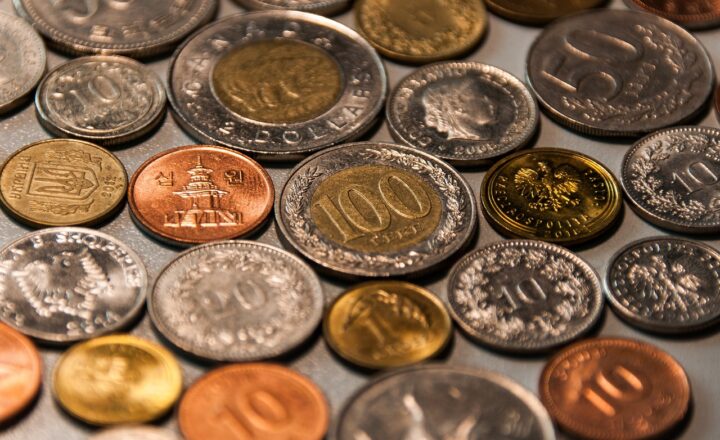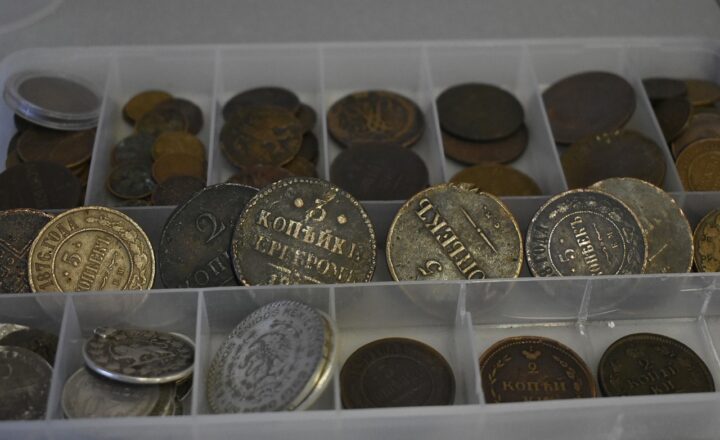
Coins are not just pieces of metal; they represent a wealth of history, culture, and the evolution of economic systems across civilizations. From their inception as early forms of currency to their status as universally recognized symbols of wealth, coins have undergone a transformative journey. In this article, we will explore the fascinating timeline of coins, their value, and how they became an integral element of our modern understanding of wealth.
1. The Birth of Currency: The Need for Standardization
The concept of money dates back to prehistoric times when bartering systems were predominant. People exchanged goods and services directly, but this system had significant limitations:
- Indivisibility: Some goods could not be divided easily, making trade complicated.
- Lack of Common Measure: Different goods had different values, making it hard to assess worth.
- Transportation Difficulty: Large or perishable items were challenging to transport.
To overcome these challenges, early societies sought a more practical solution, leading to the creation of currency around 2500 BC.
The first form of currency was often commodity money, which included items like cattle, shells, and grains. However, as societies evolved, the need for a standardized currency became crucial. This brought forth the idea of coins.
2. The First Coins: Lydian Innovations
Historians generally agree that the first true coins originated in Lydia, a region in modern-day Turkey, around 600 BC. The Lydians minted coins made of electrum, a natural alloy of gold and silver, which were stamped with symbols that indicated their authenticity and value.
The significance of the Lydian coins could be seen in several key aspects:
- Standardization: Coins provided a standardized unit of measure that facilitated trade across regions.
- Trust: The stamped images offered assurance of authenticity, establishing a form of trust between traders.
- Portability: Coins were easy to carry, making trade more convenient compared to bulky goods.
The innovation of coins marked the beginning of the monetary system as we know it, paving the way for their adoption by other civilizations.
3. Coins in Ancient Civilizations
As the concept of coins spread, various cultures adapted the idea to suit their needs:
- Greece: Greek city-states began minting coins with intricate designs and portraits of deities and political leaders, symbolizing their cultural values and priorities. The Athenian silver drachma became a dominant currency throughout the Mediterranean.
- Rome: The Roman Empire further developed coinage systems, producing coins that represented power and prosperity. The denarius became the backbone of the Roman economy, often featuring emperors and significant events in Roman history.
- China: Concurrently, Chinese dynasties were experimenting with various forms of currency, including bronze coins and early paper notes, showcasing the diverse approaches to monetary systems.
Coins became so widely accepted that they not only facilitated trade but also played a crucial role in diplomacy and warfare, with conquering nations minting coins to impose economic influence.
4. Coins and the Concept of Wealth
The proliferation of coins solidified their connection with wealth in the following ways:
- Representation of Value: As an abstract symbol, coins made it easier for individuals to conceptualize and accumulate wealth.
- Demonstration of Power: Rulers used coins to showcase their wealth and authority, often minting coins with lavish designs that conveyed their status.
- Investment Vehicle: As trade expanded, coins also became a reliable store of value, leading to the practice of hoarding coins as a form of saving, which further established them as symbols of wealth.
The idea of coins representing wealth transcended cultures and nationalities, leading to their universal recognition.
5. The Evolution into Modern Currency
As societies advanced, the role of coins evolved alongside technological and societal changes:
- Metal Coins to Paper Money: The introduction of paper money in the Tang Dynasty in 7th century China marked a revolutionary change. Eventually, banks began issuing notes, further detaching currency from physical commodities like gold and silver.
- Electronic Currency: The rise of digital currencies and cryptocurrencies in the 21st century signifies a new chapter in the history of money. While coins remain symbols of wealth, transactions now occur in virtual formats, reshaping our understanding of value.
Despite these changes, the intrinsic value and symbolism associated with physical coins have remained strong. They continue to represent not just monetary wealth but also historical significance and cultural identity.
6. Cultural Significance of Coins
Coins are more than just currency; they carry cultural narratives and historical stories:
- Art and Design: Coins often feature intricate designs, national symbols, and portraits, serving as a canvas for artistic expression.
- Symbol of Prosperity: Many cultures believe that finding or receiving coins brings good luck and prosperity, reflecting their enduring symbolic significance.
- Collectability: The practice of coin collecting, known as numismatics, highlights the fascination with coins beyond their monetary value, focusing on their rarity and historical context.
Coins, with their rich history and symbolism, continue to captivate and remind us of the journey of wealth through time.
Conclusion: Coins – The Timeless Symbols of Wealth
From their inception in ancient Lydia to the digital currencies of today’s modern economy, coins have profoundly influenced our understanding of wealth. They have served as tools for trade, symbols of power, and reflections of human ingenuity throughout history. As we navigate an ever-changing economic landscape, coins remain a timeless testament to the enduring concept of wealth.
As you hold a coin in your hand, remember that it tells a story—of eras past, of cultures intertwined, and of humanity’s quest for value and prosperity. Coins are not just symbols of wealth; they encapsulate a rich history and a common thread across civilizations.






